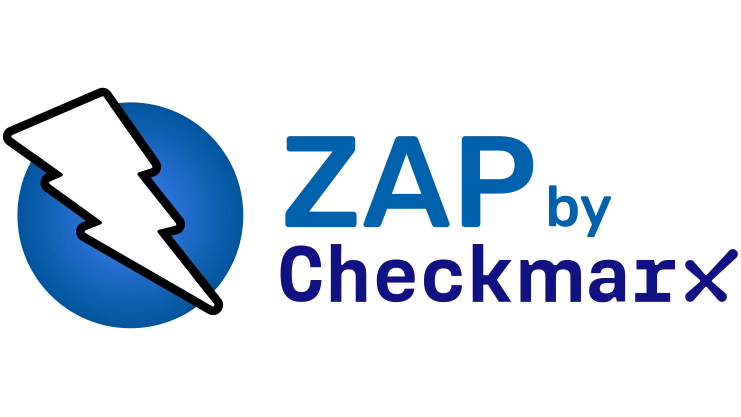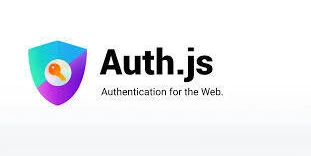No-Code vs. Low-Code vs. Traditional Development: Which One Wins?
Introduction The evolution of web and app development. Why developers, businesses, and entrepreneurs are exploring alternatives to traditional coding. Quick overview of No-Code, Low-Code, and Traditional Development. 1. What is No-Code Development? Platforms: Webflow, Bubble, Adalo, Wix, Shopify. Drag-and-drop interface, pre-built components, and automation tools. Pros: Fast development cycle. No programming skills required. Great for MVPs and non-tech entrepreneurs. Cons: Limited customization. Performance issues with scalability. Locked into platform constraints. 2. What is Low-Code Development? Platforms: OutSystems, Mendix, Retool, Appian. Uses some coding but automates most processes. Best for businesses needing faster development while keeping flexibility. Pros: Speeds up development while allowing customization. Reduces workload for developers. Works well for enterprise apps. Cons: Still requires some coding knowledge. Can be expensive for small businesses. Vendor lock-in risks. 3. What is Traditional Development? Using programming languages like JavaScript, Python, Ruby, etc. Full control over backend, frontend, security, and scalability. Pros: Unlimited customization and scalability. Best for complex applications. No dependency on external platforms. Cons: Slower development time. Requires skilled developers. Higher maintenance cost. 4. When to Use Each Approach? 5. Which One Wins? There is no universal winner – it depends on use case, budget, and scalability needs. No-Code & Low-Code are growing, but traditional coding remains dominant for advanced applications. Hybrid approaches are becoming popular: developers use Low-Code for rapid prototyping and Traditional Development for final production. Conclusion The future of web development might not be about choosing one over the other but blending them effectively. Which method do you prefer? Let us know in the comments!

Introduction
- The evolution of web and app development.
- Why developers, businesses, and entrepreneurs are exploring alternatives to traditional coding.
- Quick overview of No-Code, Low-Code, and Traditional Development.
1. What is No-Code Development?
- Platforms: Webflow, Bubble, Adalo, Wix, Shopify.
- Drag-and-drop interface, pre-built components, and automation tools.
-
Pros:
- Fast development cycle.
- No programming skills required.
- Great for MVPs and non-tech entrepreneurs.
-
Cons:
- Limited customization.
- Performance issues with scalability.
- Locked into platform constraints.
2. What is Low-Code Development?
- Platforms: OutSystems, Mendix, Retool, Appian.
- Uses some coding but automates most processes.
- Best for businesses needing faster development while keeping flexibility.
-
Pros:
- Speeds up development while allowing customization.
- Reduces workload for developers.
- Works well for enterprise apps.
-
Cons:
- Still requires some coding knowledge.
- Can be expensive for small businesses.
- Vendor lock-in risks.
3. What is Traditional Development?
- Using programming languages like JavaScript, Python, Ruby, etc.
- Full control over backend, frontend, security, and scalability.
- Pros:
- Unlimited customization and scalability.
- Best for complex applications.
- No dependency on external platforms.
- Cons:
- Slower development time.
- Requires skilled developers.
- Higher maintenance cost.
4. When to Use Each Approach?
5. Which One Wins?
- There is no universal winner – it depends on use case, budget, and scalability needs.
- No-Code & Low-Code are growing, but traditional coding remains dominant for advanced applications.
- Hybrid approaches are becoming popular: developers use Low-Code for rapid prototyping and Traditional Development for final production.
Conclusion
- The future of web development might not be about choosing one over the other but blending them effectively.
- Which method do you prefer? Let us know in the comments!











































































































































































![[The AI Show Episode 142]: ChatGPT’s New Image Generator, Studio Ghibli Craze and Backlash, Gemini 2.5, OpenAI Academy, 4o Updates, Vibe Marketing & xAI Acquires X](https://www.marketingaiinstitute.com/hubfs/ep%20142%20cover.png)




























































































































![[DEALS] The Premium Learn to Code Certification Bundle (97% off) & Other Deals Up To 98% Off – Offers End Soon!](https://www.javacodegeeks.com/wp-content/uploads/2012/12/jcg-logo.jpg)


![From drop-out to software architect with Jason Lengstorf [Podcast #167]](https://cdn.hashnode.com/res/hashnode/image/upload/v1743796461357/f3d19cd7-e6f5-4d7c-8bfc-eb974bc8da68.png?#)








































































































.png?#)

































_Christophe_Coat_Alamy.jpg?#)
 (1).webp?#)





































































































![Apple Considers Delaying Smart Home Hub Until 2026 [Gurman]](https://www.iclarified.com/images/news/96946/96946/96946-640.jpg)
![iPhone 17 Pro Won't Feature Two-Toned Back [Gurman]](https://www.iclarified.com/images/news/96944/96944/96944-640.jpg)
![Tariffs Threaten Apple's $999 iPhone Price Point in the U.S. [Gurman]](https://www.iclarified.com/images/news/96943/96943/96943-640.jpg)




































































































































